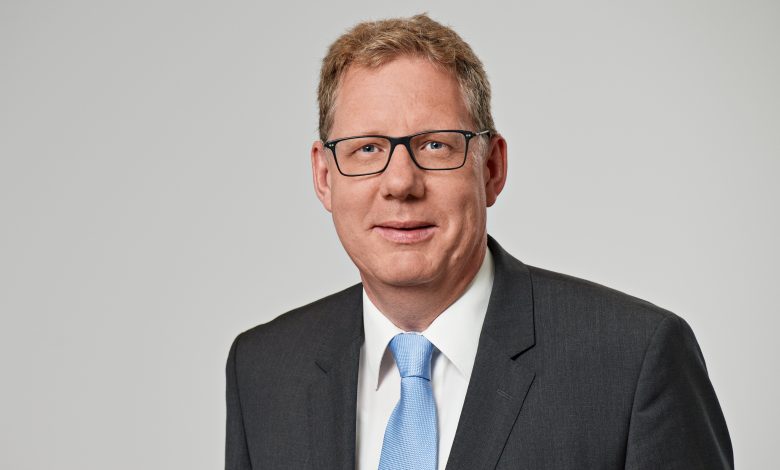
Frankfurt, November 15, 2021 – It’s finally that time again: From November 16 to 19, the additive manufacturing community will meet in Frankfurt at the formnext fair to develop ideas together and drive innovations forward through productive and creative exchange. The Additive Manufacturing Working Group (AG AM) in the VDMA is the conceptual sponsor of the fair and is involved in the lecture programme. In this interview, Dr. Markus Heering, Managing Director of the consortium, talks about developments and trends in the field of additive manufacturing as well as the challenges facing the industry.
Dr. Heering, what can visitors to formnext look forward to?
For a long time, only digital meetings were possible, and we all missed the face-to-face meetings that are so important for our young industry. Once again, this year, the most important companies in the industry will be represented at formnext. Among the leading exhibitors are many members of the VDMA Additive Manufacturing Working Group.
Our showcase shows industrial application examples from the ranks of our 175 members. Anyone who would like to can immerse themselves in the manufacturing processes surrounding additive manufacturing at our stand (Hall 12, B01). In addition, as every year, there will be an exciting programme of presentations by AM experts. Once again, VDMA members will be presenting their know-how at the AM4U Area: in addition to sustainability and industrial applications, process optimization is another key topic of the lectures.
Where do you see the current challenges in the industrial use of additive manufacturing and how do you assess the further development of the industry?
In the mechanical engineering industry, additive manufacturing is a complementary manufacturing process that enables development and innovation and opens up new applications. Additive manufacturing has long been used for more than just prototyping.
In order to be able to implement the advantages of the technology in a meaningful way, especially from the point of view of economic efficiency, it is necessary to automate and link manual process steps in 3D printing. In this way, productivity can be greatly increased, and additive manufacturing can be taken to a new, industrial level.
What is the mood within the industry?
The additive manufacturing industry is looking ahead with a good dose of optimism. This is confirmed by our current economic survey. More than 80 percent of the respondents assess their business prospects for the next 24 months as positive, while only 2 percent expect their business situation to deteriorate. Even the short-term forecast for the next twelve months is positive for 60 percent of the companies. More than 40 percent of the participating companies intend to increase their investments in the AM sector in the next 12 months. This proves how forward-looking the technology is.
During the crisis, additive manufacturing was perceived as a flexible and quickly adaptable technology. It has become firmly anchored in society’s consciousness that AM is made for extraordinary requirements. This is also likely to contribute to the overall positive mood in the industry.
About VDMA
The Additive Manufacturing Working Group brings together 175 companies and research institutes under the umbrella of the German Engineering Federation (VDMA). Plant manufacturers, suppliers of components and materials, industrial users from the metal and plastics sectors, service providers from the software, manufacturing and finishing sectors as well as researchers are all pursuing a common goal: the industrialization of additive manufacturing processes.